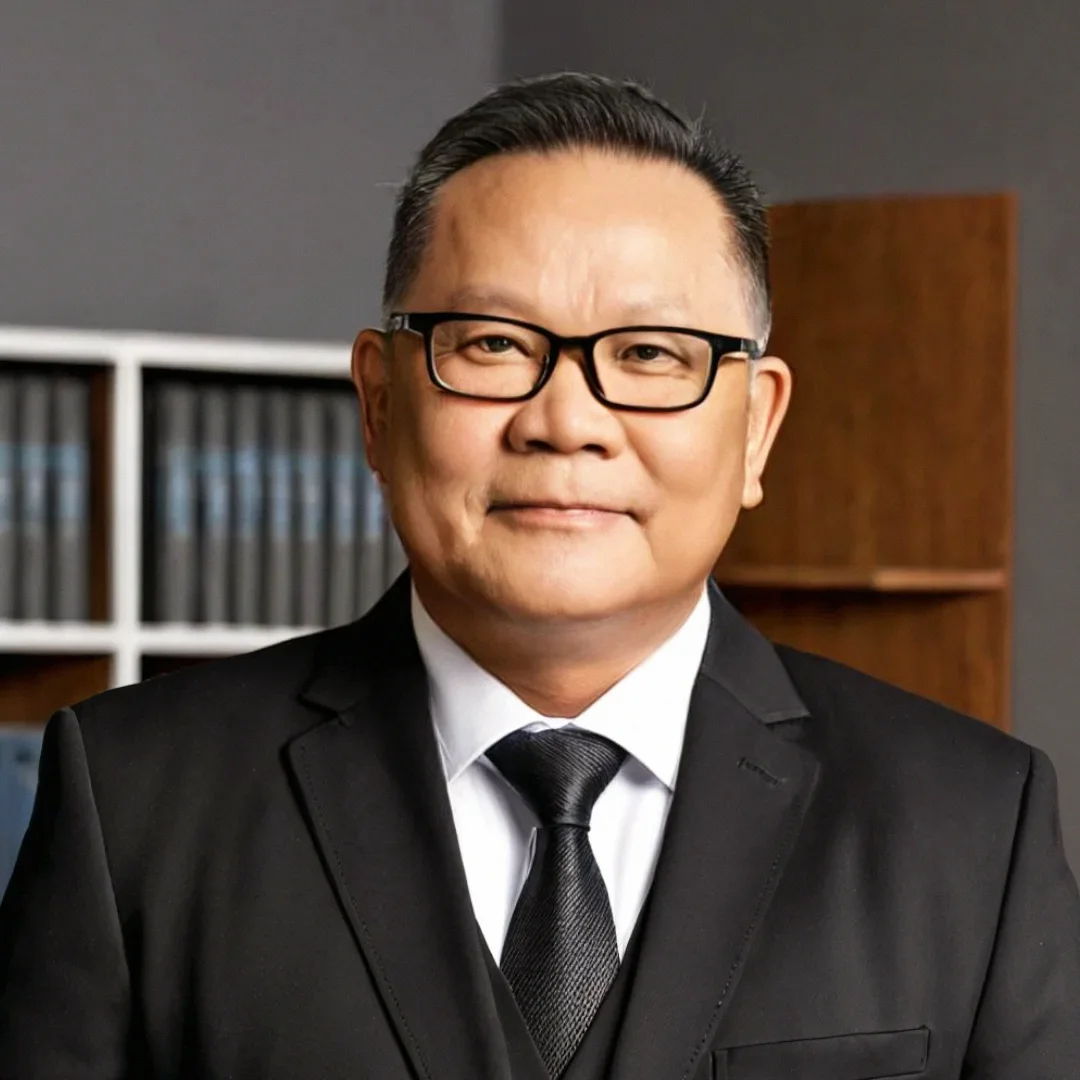Home › Intellectual property › Trademark registration
Learn more about Trademark Registration in Philippines
TradeMark Registration is an essential step for businesses in the Philippines to protect their brand and reputation. Trademarks are used to distinguish the goods and services of one business from another and are valuable assets for businesses of all sizes. In the Philippines, trademarks can be registered with the Intellectual Property Office (IPO) to obtain legal protection against unauthorized use, infringement, and counterfeiting. The process of TradeMark Registration in the Philippines can be complex, but it is necessary to safeguard the business’s brand and prevent others from using a similar mark. Themis Partner’s Lawyers assit you in the TradeMark Registration process and helps to collect all the legal documents necessary.
Table of contents
-
What is a Trademark?
-
Why TradeMark Registration is essential for your business in the Philippines?
-
How to register your Trademark in the Philippines ?
-
What are the benefits of TradeMark Registration?
-
How to conduct Trademark search in the Philippines?
-
What are the mistakes to avoid when registering your trademark?
-
7. Why to work with a Trademark attorney?
What is a Trademark?
A TradeMark Registration in the Philippines is a legal process that provides exclusive rights to a business or individual over the use of a unique symbol, logo, name, phrase, design, or combination of these elements that identify and distinguish their products or services from those of others. A registered trademark provides legal protection to the owner against unauthorized use, infringement, and counterfeiting. The Intellectual Property Office of the Philippines (IPOPHL) is responsible for processing trademark applications in the country. To obtain TradeMark Registration in the Philippines, an application must be filed with IPOPHL and meet certain requirements, including distinctiveness, non-descriptiveness, and non-confusion with prior trademarks. Once registered, the trademark owner has the exclusive right to use the mark for the goods and services covered by the registration, and can enforce their rights against infringing parties through legal action.
Why Trademark Registration is essential for your business in the Philippines?
TradeMark Registration is essential for businesses in the Philippines for several reasons. Firstly, registering a trademark provides legal protection to the business against unauthorized use, infringement, and counterfeiting of their brand, which can be damaging to their reputation and financial losses. Secondly, a registered trademark enhances brand recognition, distinguishes the business’s products or services from others, and can create a positive association in the minds of customers. Thirdly, a registered trademark can increase the value of the business’s intellectual property assets, making it easier to secure financing, licensing, and partnerships. Additionally, TradeMark Registration is required to participate in certain government programs and to obtain certain permits or licenses. In summary, TradeMark Registration is an important step for businesses in the Philippines to protect their brand, enhance their reputation, and increase the value of their Intellectual Property assets.
How to register your Trademark in the Philippines?
Step 1. Conduct a trademark search
Conduct a comprehensive search to ensure that your proposed trademark is not already registered or being used by another business in the Philippines. You can conduct a trademark search on the Intellectual Property Office of the Philippines (IPOPHL) website.
Step 2. File a trademark application
Fill out a trademark application form and file it with the IPOPHL, either online or in person. The application should include your proposed trademark, the goods or services covered, and your business information.
Step 3. Wait for the examination report
The IPOPHL will examine your application to determine whether it meets the legal requirements for registration. If your application meets the requirements, the IPOPHL will issue a Notice of Allowance, which means your trademark is approved for publication.
Step 4. Publish the trademark
The IPOPHL will publish your trademark in the Intellectual Property Journal to give the public a chance to object to the registration.
Step 5. Wait for opposition period
There is a 30-day opposition period during which anyone can object to the registration of your trademark.
Step 6. Receive the certificate of registration
If no oppositions are filed or if the oppositions are unsuccessful, the IPOPHL will issue a certificate of registration for your trademark.
Step 7. Maintain your trademark
After registration, you must maintain your trademark by renewing it every ten years and monitoring it to prevent infringement.
ℹ️ Themis Partner offers you other solutions to protect your intellectual property. In order to protect your inventions, data, ideas or brands we accompany you on your Copyright Registration, Personal Data Protection and Patent Filing.
What are the benefits of Trademark Registration?
TradeMark Registration in the Philippines offers several benefits for businesses, including:
| ➤ Legal protection: Registering a trademark provides legal protection to the business against unauthorized use, infringement, and counterfeiting of their brand, which can be damaging to their reputation and financial losses. |
| ➤ Exclusive rights: A registered trademark gives the owner exclusive rights to use the trademark in connection with the goods or services covered by the registration, preventing others from using the same or similar mark. |
| ➤ Brand recognition: A registered trademark enhances brand recognition, distinguishes the business's products or services from others, and can create a positive association in the minds of customers. |
| ➤ Asset value: A registered trademark can increase the value of the business's intellectual property assets, making it easier to secure financing, licensing, and partnerships. |
| ➤ Business expansion: A registered trademark can help businesses expand their operations, as it provides a level of security when entering new markets and negotiating with potential partners. |
| ➤ Competitive advantage: A registered trademark can provide a competitive advantage over other businesses that do not have a registered trademark, as it can help build brand loyalty and consumer trust. |




